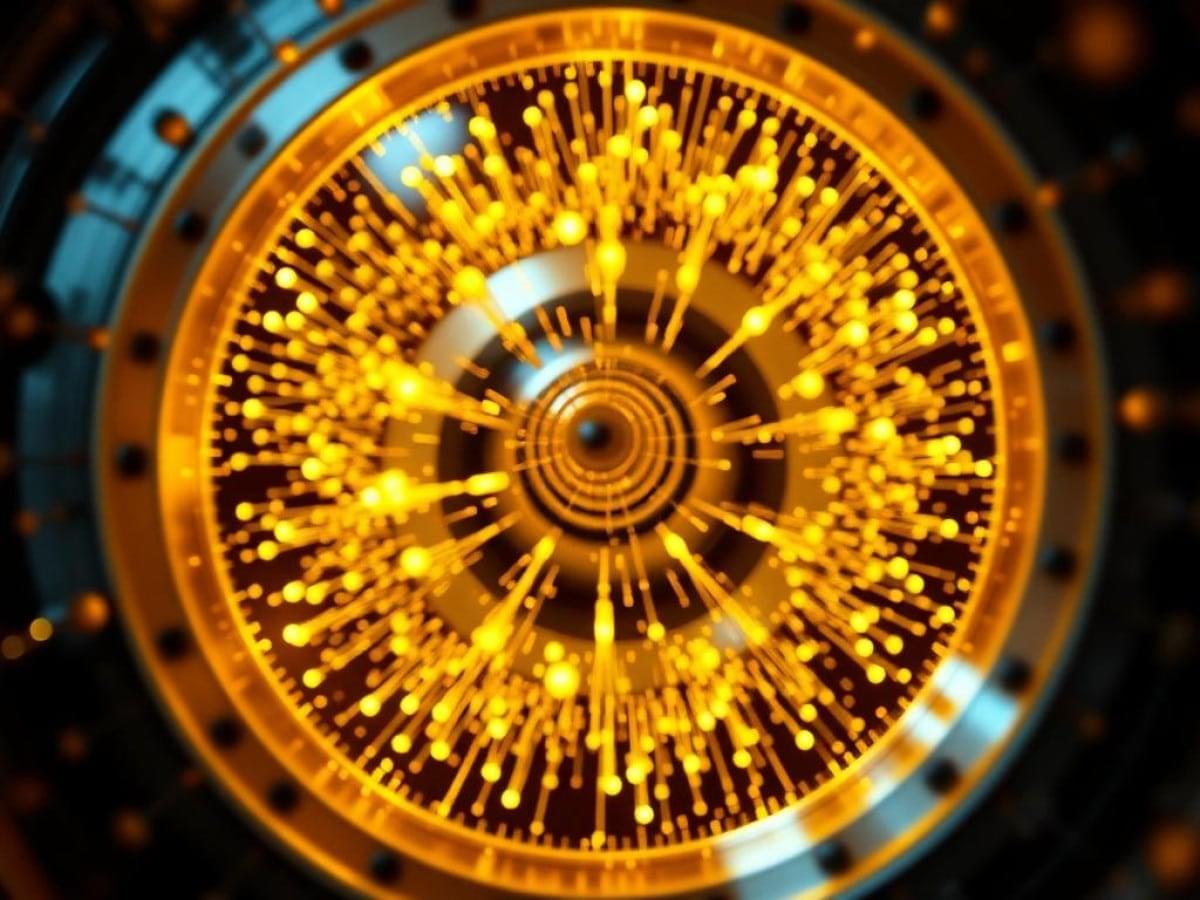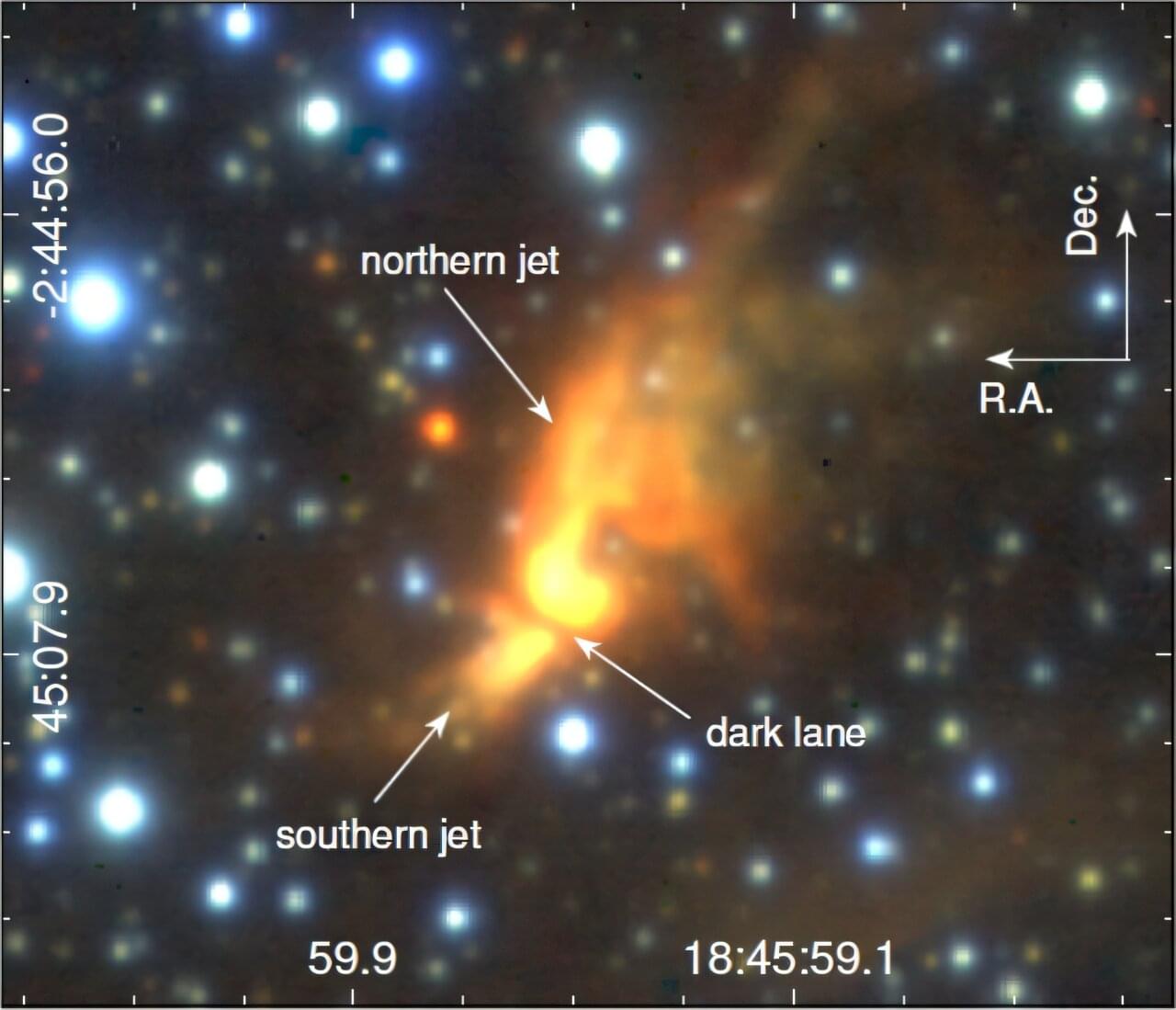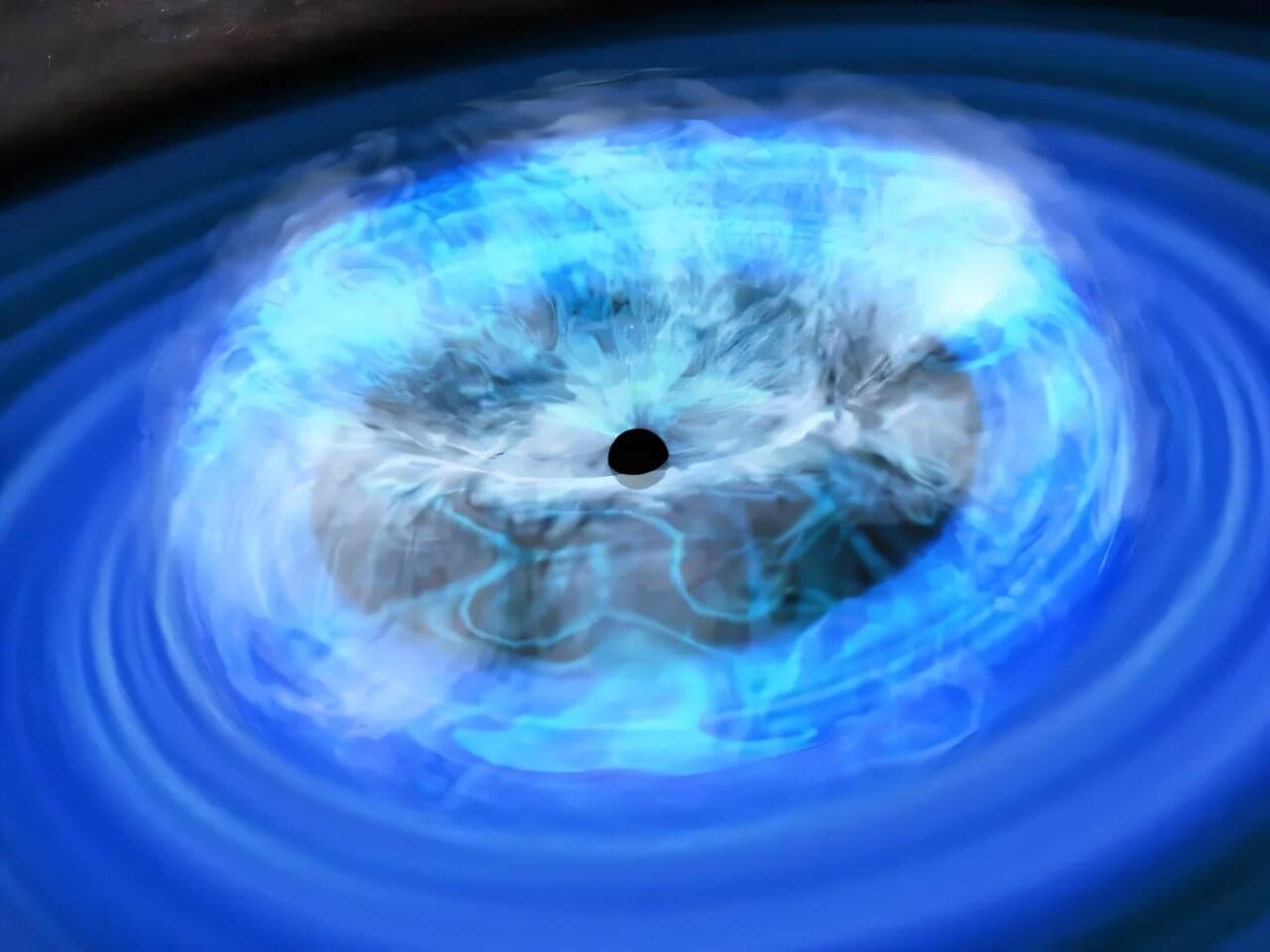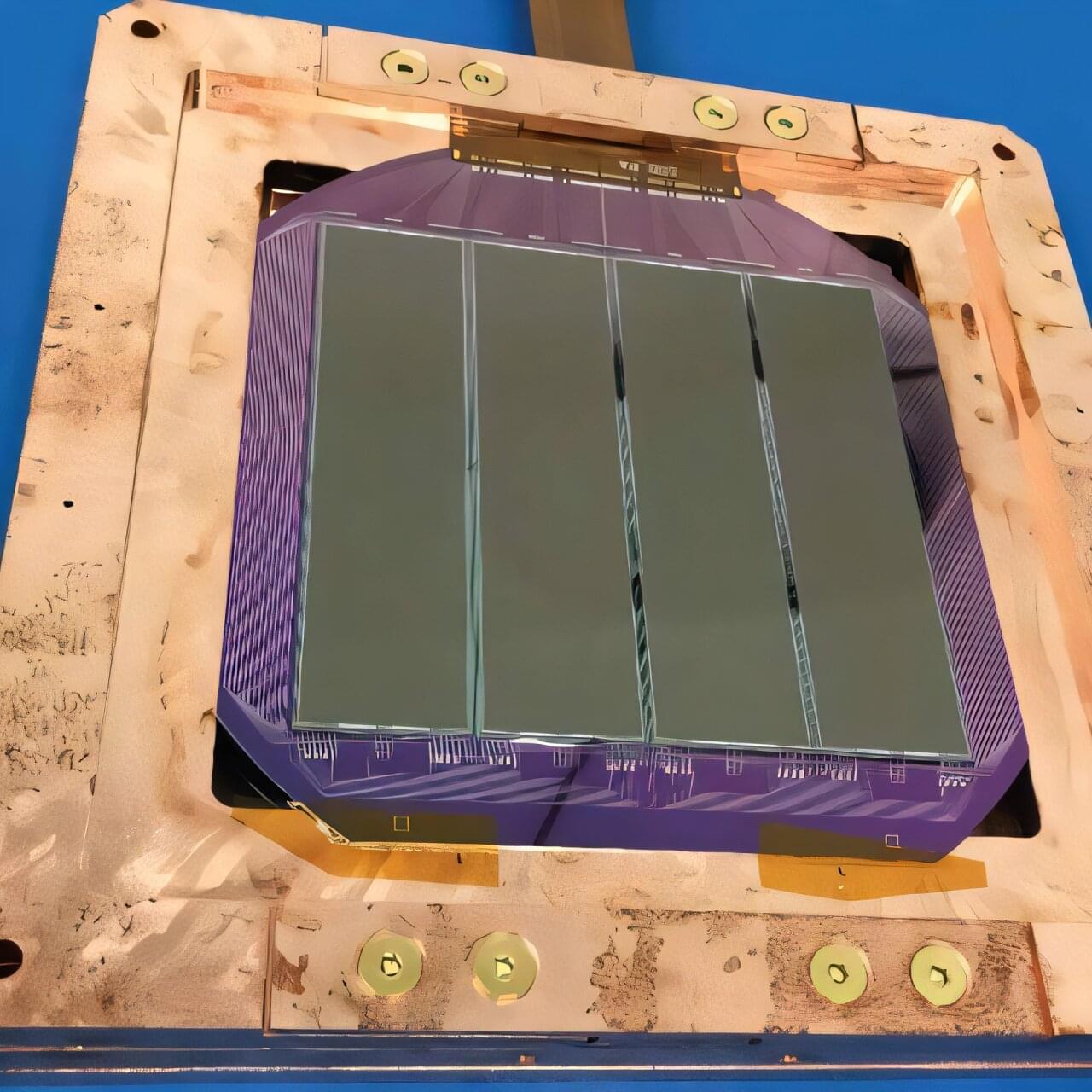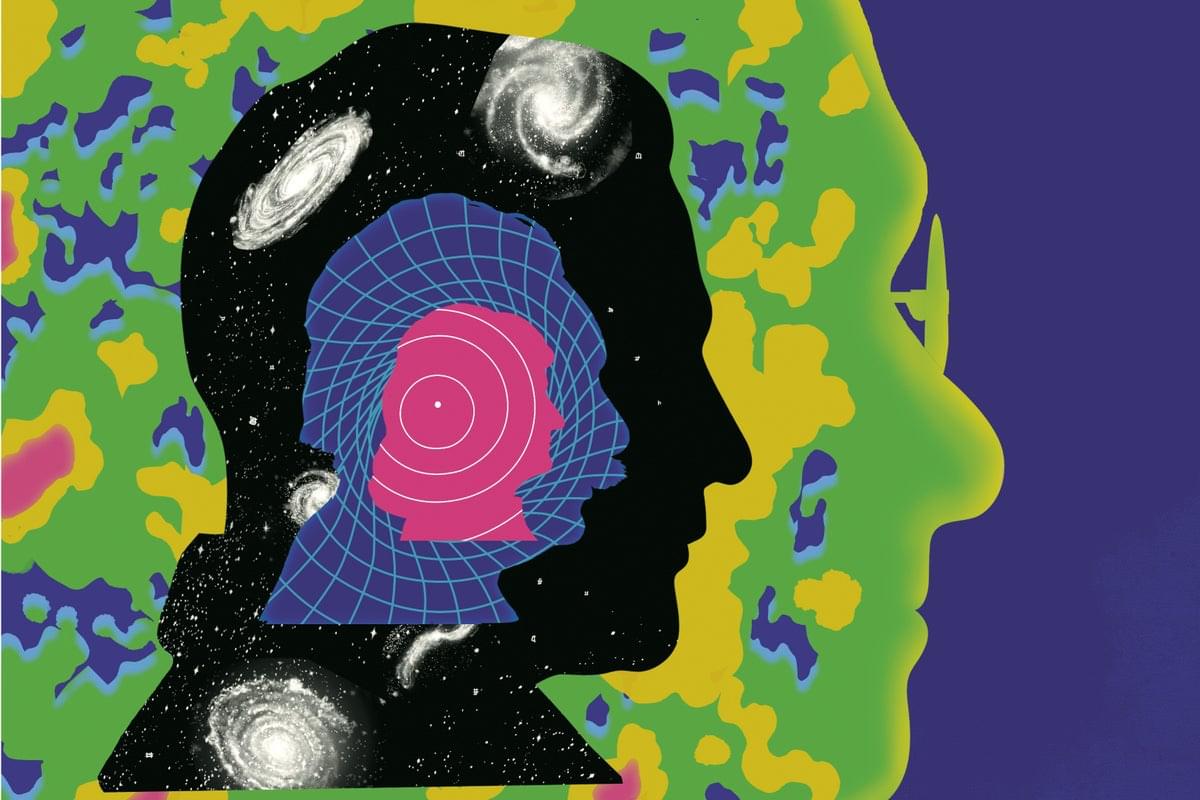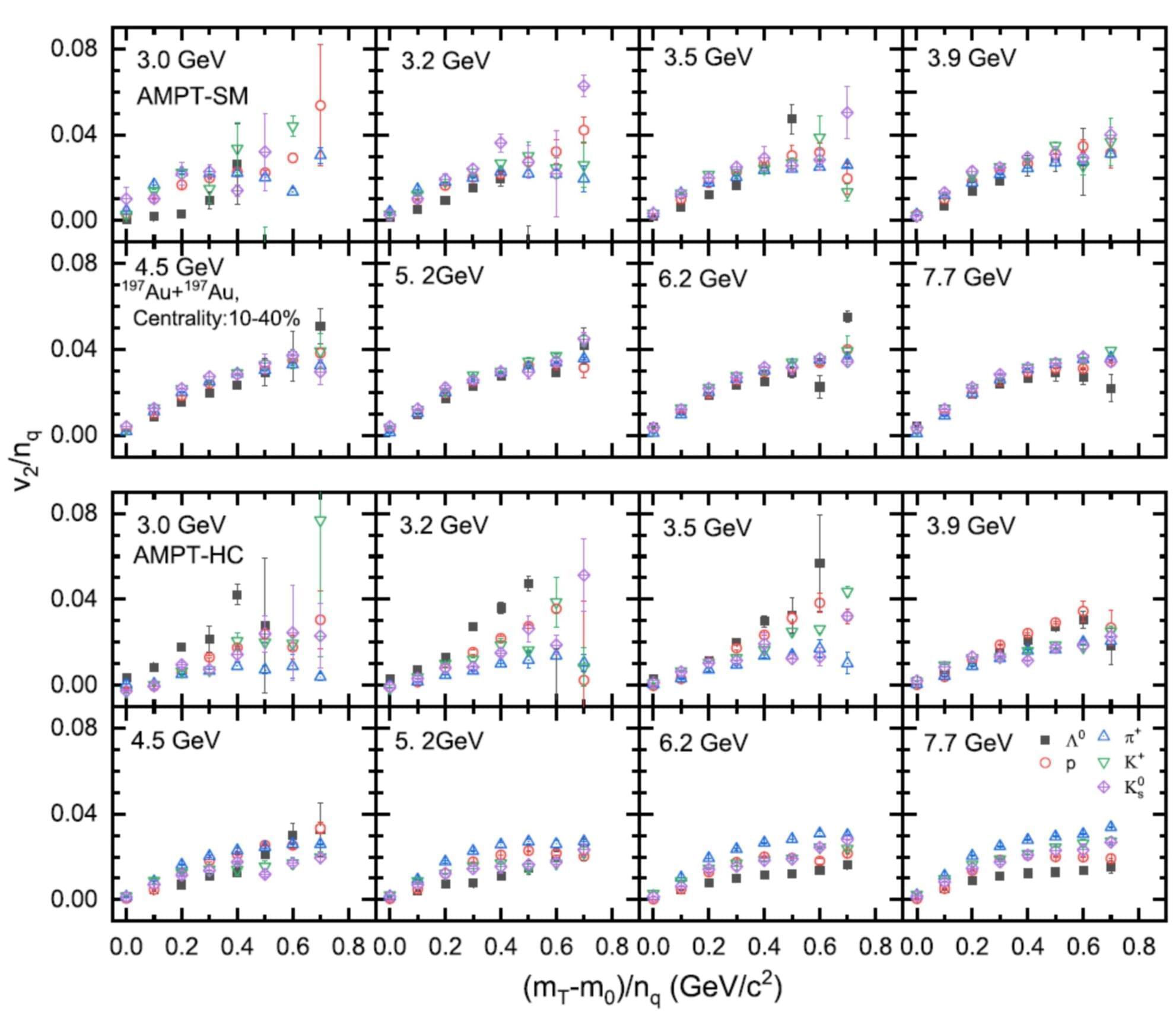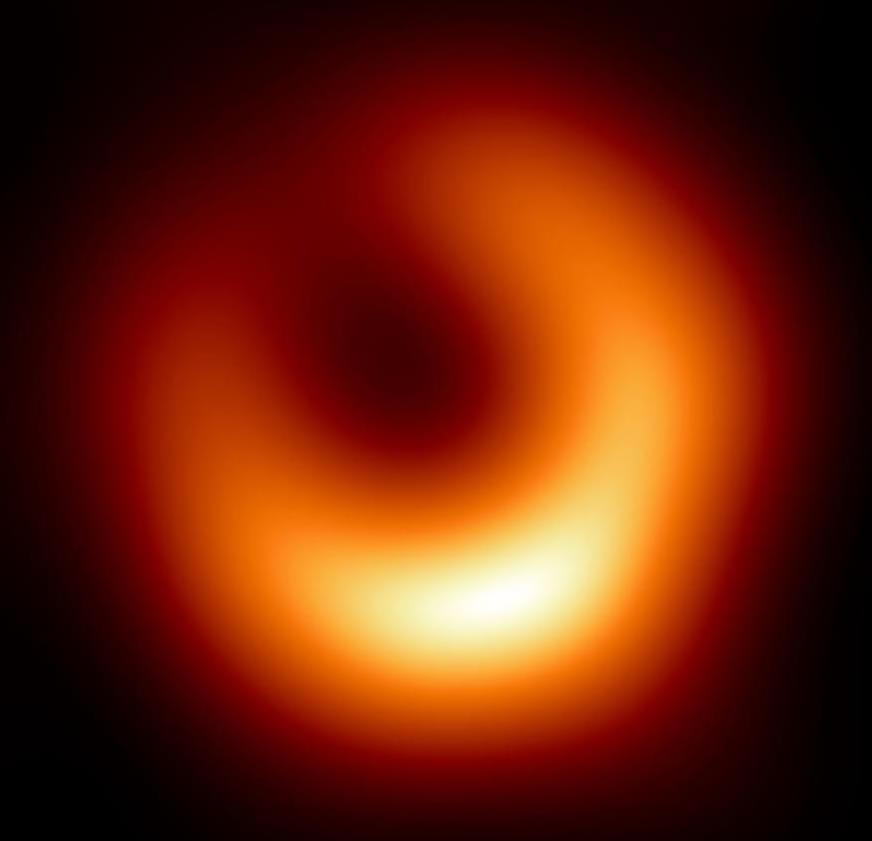Physicists at the LHC have recently identified a collection of approximately one hundred “X particles” originating from the early moments of the Big Bang. These findings, which may lead to a deeper understanding of the universe, have been published in the Physical Review Letters journal.
Particle accelerators bring particles into high-speed collisions. The largest of these is the Large Hadron Collider (LHC), located near Geneva. The purpose of these experiments is to simulate aspects of the Big Bang and to examine how matter behaves under those conditions.
In recent years, these high-energy collisions have led to the discovery of several theorized particles. More recently, physicists have detected about a hundred short-lived “X particles,” so named due to their mysterious structures, amid billions of elementary particles.
